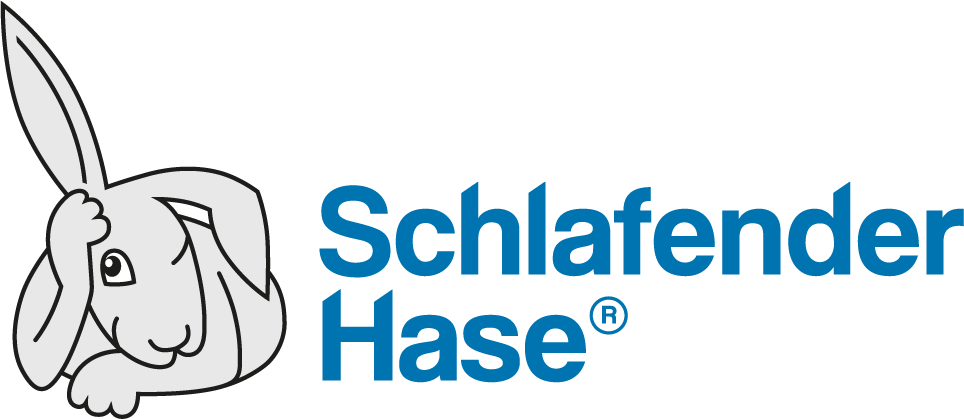This may come as a surprise to regulatory affairs professionals of the pharmaceutical industry, but the European Medicines Agency (EMA) has been using TVT, the Text Verification Tool® since 2004!
Why is this relevant for Regulatory Professionals and Labelling and Graphic Designers working in Pharma?
The EMA spends a lot of time comparing texts
And in simple words, that’s what TVT does. The proofreader loads two files (which could be Word/PDF/SPL/AI/TXT etc.…), excludes what’s not relevant manually or with a template (i.e.: QRD template for cartons/labels), and presses the compare button. TVT will then show where the differences between the two files are. All the proofreader has to do is accept or reject each difference, and a file with all annotations will be generated for its audit trail report: simple, fast and, most importantly, error-free.
The EMA deals with patient-critical information
One department of the EMA uses TVT to compare the content of leaflets from Parallel Importers to the one already in the destination market. A single mistake means a patient could be put at risk and it also means they are not respecting the original Marketing Authorisation. For more details, the SOP from the EMA (and the updated SOP) gives an in-depth explanation of how they use TVT.
The EMA deals with 25 different languages
Although internal resources may be limited, the text in each language must be equally 100% error-free.
Why did the EMA initially start using TVT?
The first reason is risk avoidance: the EMA cannot afford to make a mistake, as this could ultimately impact patients. The second reason is economical. Employees at the EMA are highly qualified (in ROI terms: expensive!) so if an employee can only revise 2 leaflets per hour, the cost is very high. By implementing TVT, many more leaflets can be reviewed per hour, which significantly decreases costs. Additionally, as manual text comparison is very tiring, the implementation of TVT helped decrease employee turnover.
How much money does the EMA save by using TVT?
There is no official number; however, the EMA is actively encouraging Parallel Importers to use TVT by providing a 290€ discount for each annual update notification provided with a TVT report.
Is the EMA the only regulatory affairs body using TVT?
The ANSM, MHRA and BfArM also use TVT. Furthermore, over 1000 companies big and small across the world use it as well for ensuring consistency and accuracy in their content.





